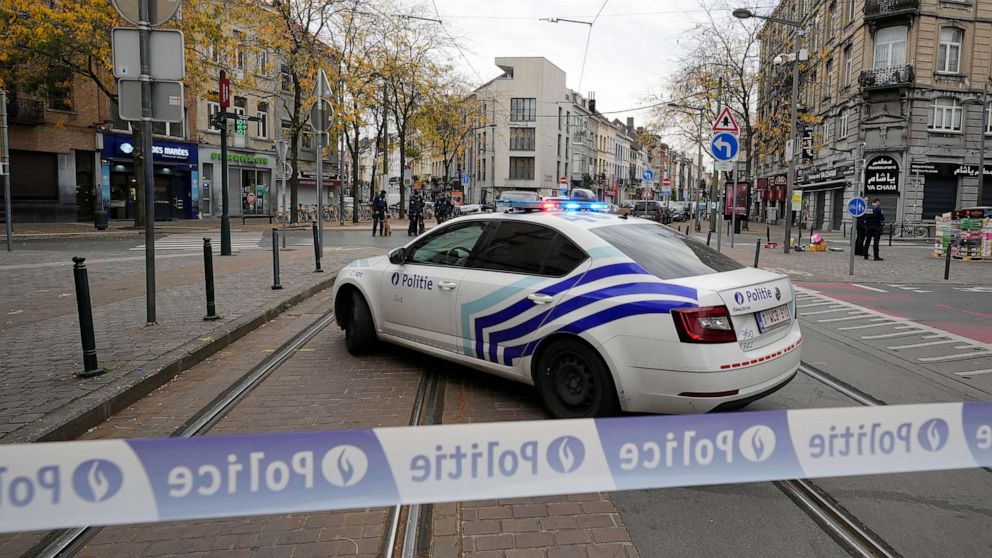Note: To show the changing routes of ships regularly crossing the Red Sea, 3,461 cargo ships registered at the entrances to the Red Sea over the past three months are shown. Shipping routes before the attacks show ship positions from November 1, 2023 to November 15, and show locations from January 1, 2024 to January 15 after the attacks.
Source: Spire Global
It's an extraordinary diversion: Hundreds of ships avoid the Suez Canal and sail an additional 4,000 miles around Africa, burning fuel, ballooning costs and adding 10 or more days of travel each way.
They are avoiding one of the world's most important shipping routes, the Red Sea, where the Iran-backed Houthi militia has for months attacked ships with drones and missiles from sites in Yemen.
The Houthis said they were seeking to cut shipping links with Israel to force Israel to end its military campaign in Gaza. But ships linked to more than a dozen countries have been targeted, and a Houthi spokesman said this week that they consider “all American and British ships” to be enemy targets.
The unrest was sweeping. About 150 ships passed through the Suez Canal, which is located at the northwestern end of the Red Sea, during the first two weeks of this January. This is down from more than 400 at the same time last year, according to marine data platform Marine Traffic. These turns and the Houthi attacks have continued, despite the air strikes launched by the United States and its allies against the Houthis.
Note: Attacks targeting commercial ships are attacks in which at least one commercial ship is hit or targeted, usually with drones or missiles. Data as of January 20.
Source: United States Central Command
Shipping companies have tripled the prices they charge to transport a container from Asia to Europe, partly to cover the additional cost of sailing around Africa. Shipowners who still use the Red Sea, especially tanker owners, face higher insurance premiums.
Container prices have not yet risen as much as they did during the coronavirus pandemic. But retailers such as IKEA have warned that avoiding the Suez Canal could delay goods reaching stores. Some car factories in Europe were forced to briefly suspend operations while waiting for spare parts from Asia.
This could exacerbate inflation. JPMorgan Chase estimated on Thursday that global consumer prices for goods would rise an additional 0.7 percent in the first half of this year if shipping disruptions persist.
Here's what a diversion from the Red Sea looked like for one ship, the Maersk Hong Kong. The Singapore-flagged container ship set off from Singapore for Slovenia on November 15. It arrived in Port Said in Egypt after only 12 days, after passing through the Red Sea and the Suez Canal.
On its way back to Singapore, it arrived in Port Said again on 17 December. But as the Houthis intensified their attacks, the ship then turned back and traveled around Africa instead, only returning to Singapore on Friday, after a long voyage. A full month of sailing.
Note: Data from November 1, 2023 through January 19, 2024.
Source: Spire Global
The Red Sea and Suez Canal have become increasingly important in the past two years, not only for ships transporting goods between Asia and Europe, but also for oil and liquefied natural gas shipments.
European countries tried to stop buying fuel from Russia after its invasion of Ukraine in 2022. So Russia sharply increased the oil it ships through the Suez Canal, mostly to India, while Europe ramped up its purchases of natural gas from the Middle East, also through the Suez Canal. Suez Canal. About 12 percent of the oil transported by tankers around the world passes through the Red Sea, and almost the same amount of liquefied natural gas in the world, according to the US Energy Information Administration.
Source: World Bank
Note: Ship traffic density maps are based on ship positions reported between January 2015 and February 2021 processed by the IMF's Global Maritime Trade Monitoring System.
The Houthis said they were seeking to disrupt shipping links with Israel as an attempt to force Israel to end its campaign in Gaza. But ships linked to more than a dozen countries have been targeted, many of which do not travel to or from Israeli ports.
While no deaths or injuries have been confirmed as a result of these attacks, some ships were damaged. The vehicle carrier, Galaxy Leader, was hijacked in November and transported to Yemen. Its crew of 25, most of them Filipinos, were detained there.
The US Navy shot down many of the drones and missiles before they could reach their targets, preventing serious damage to commercial ships. But intercepting cheap drones and cheap missiles with advanced fighter jets and other military equipment is costly for America and its allies.
The position of China, a naval power, remains a major question in the Red Sea. Beijing avoided criticizing the Houthis and did not participate in military actions against them. The Houthi attacks delayed the annual increase in China's exports before its factories stop working next month on the occasion of the Lunar New Year.

“Coffee trailblazer. Certified pop culture lover. Infuriatingly humble gamer.”



